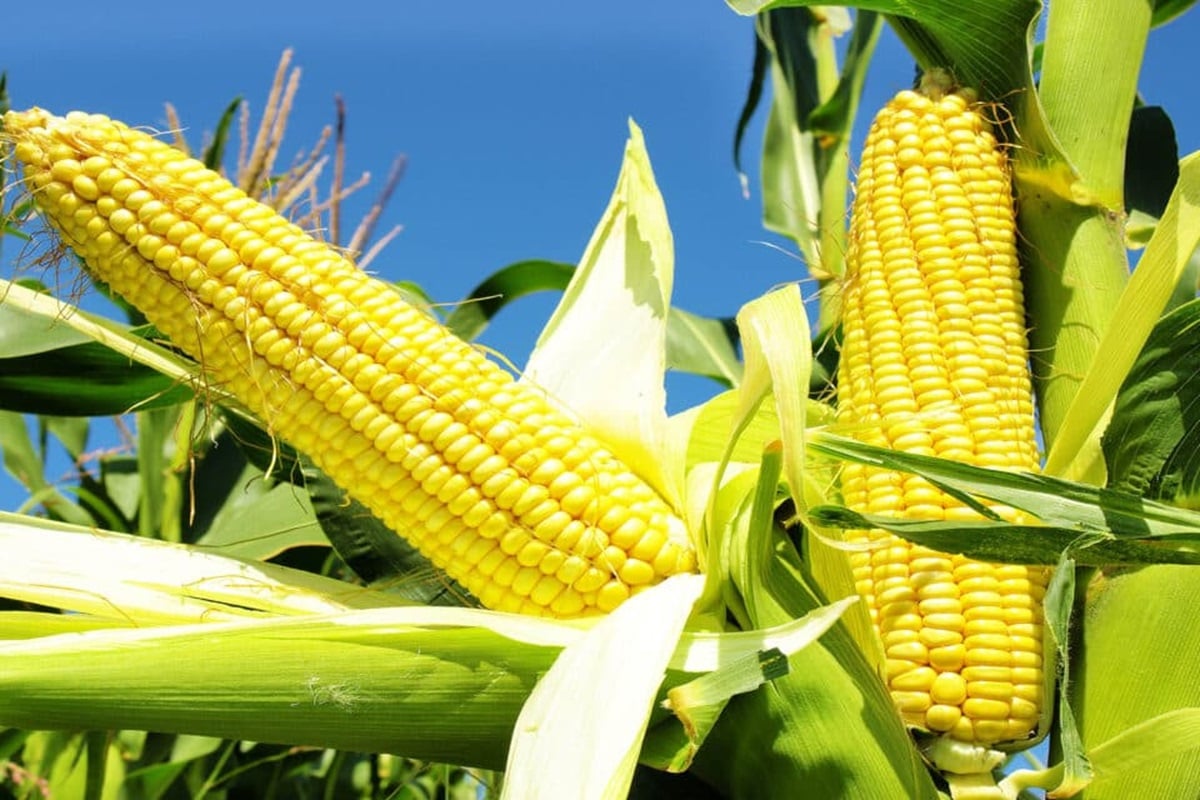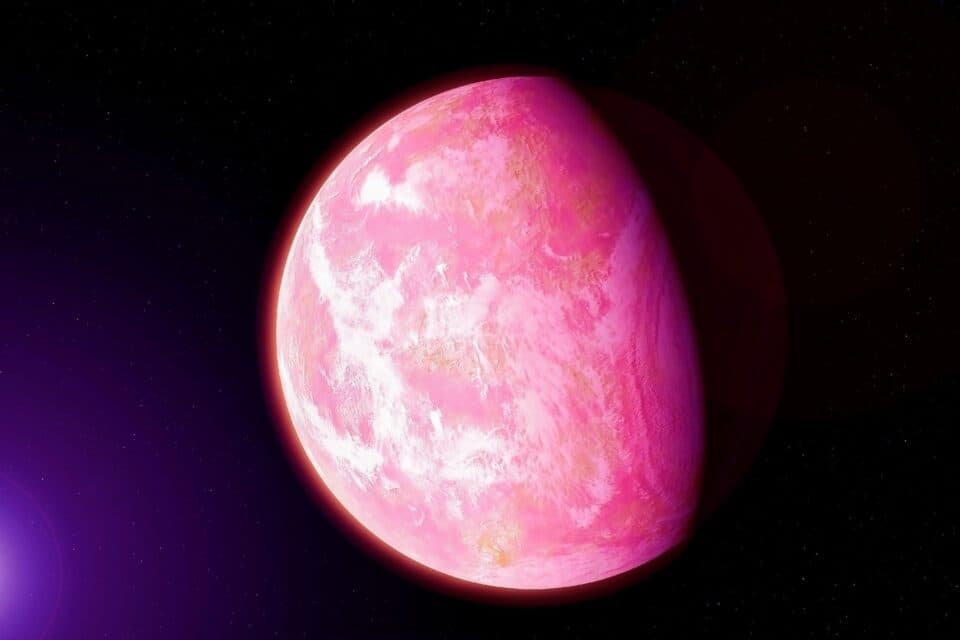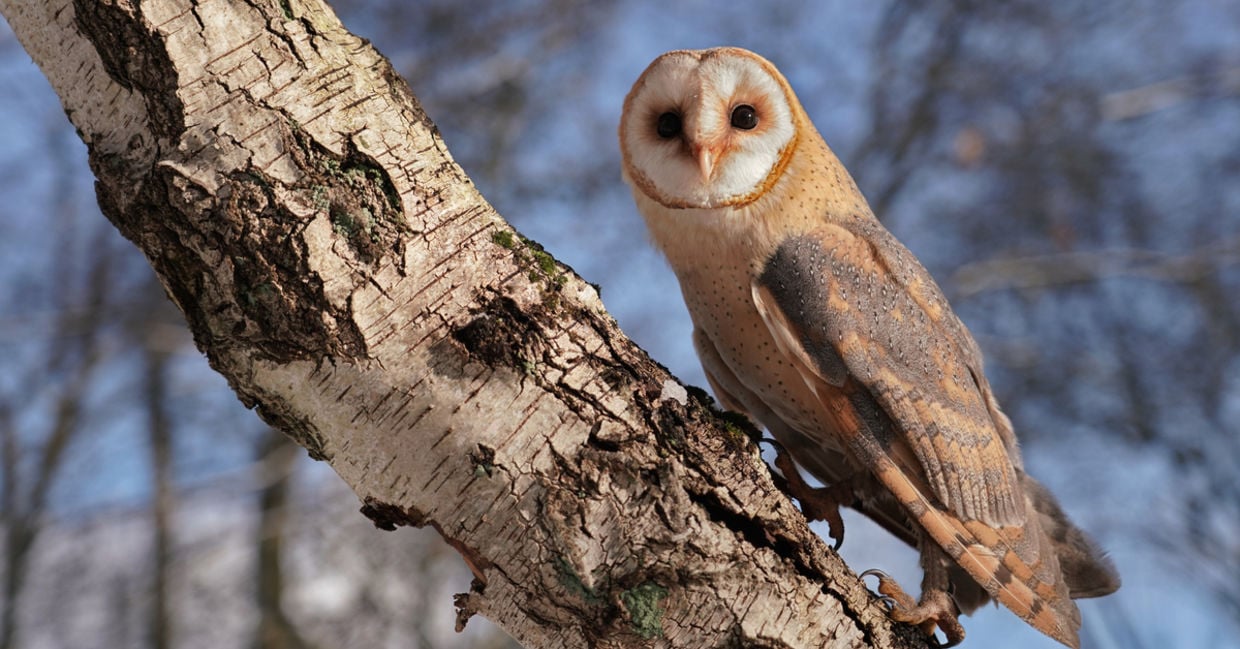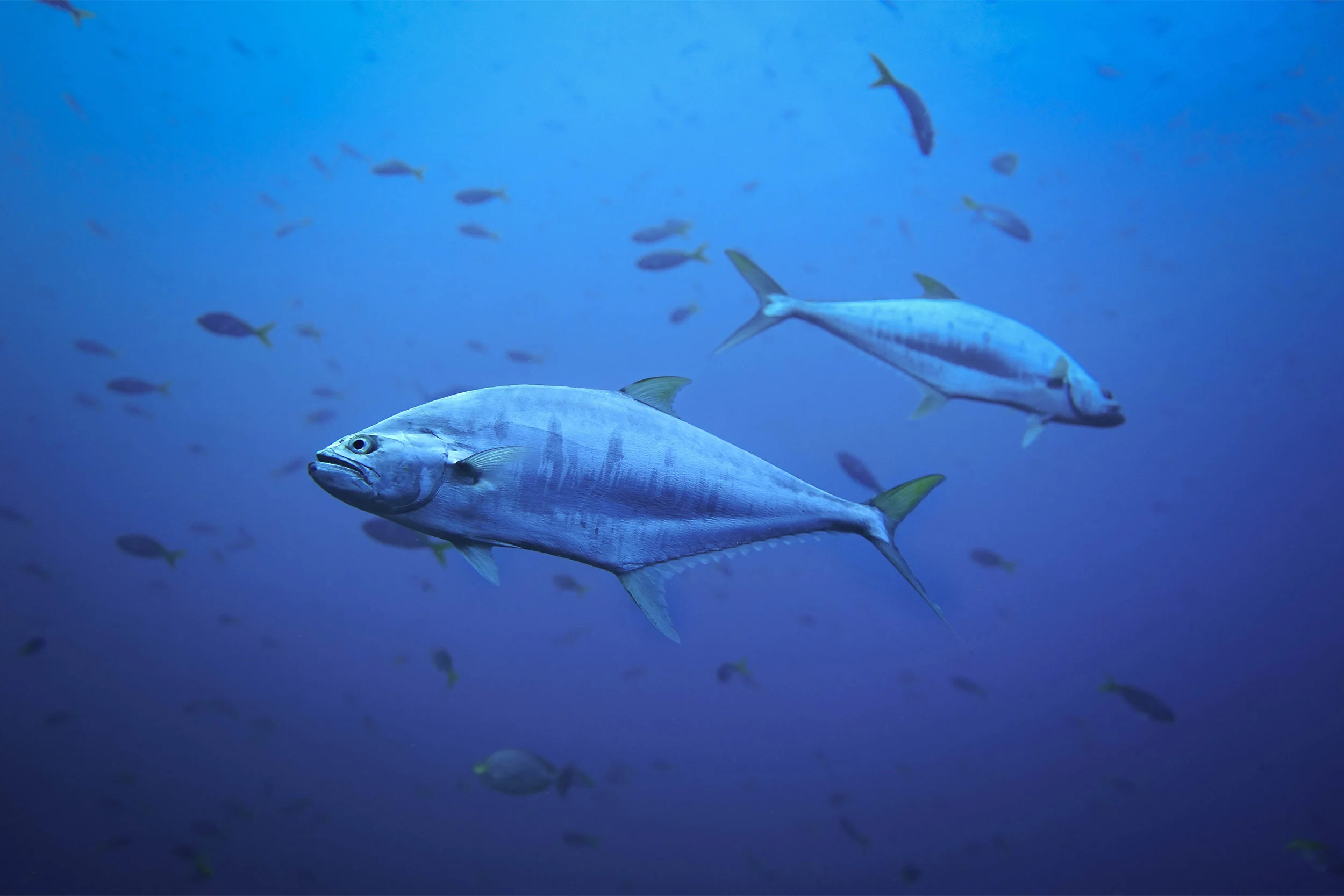In the intricate tapestry of nature, the humble feather of a bird can hold immense value. Recently, the world witnessed an astonishing event – the sale of a single feather from the now-extinct New Zealand huia bird at an auction. This seemingly delicate plume shattered all expectations, fetching a staggering price and etching its place in history.
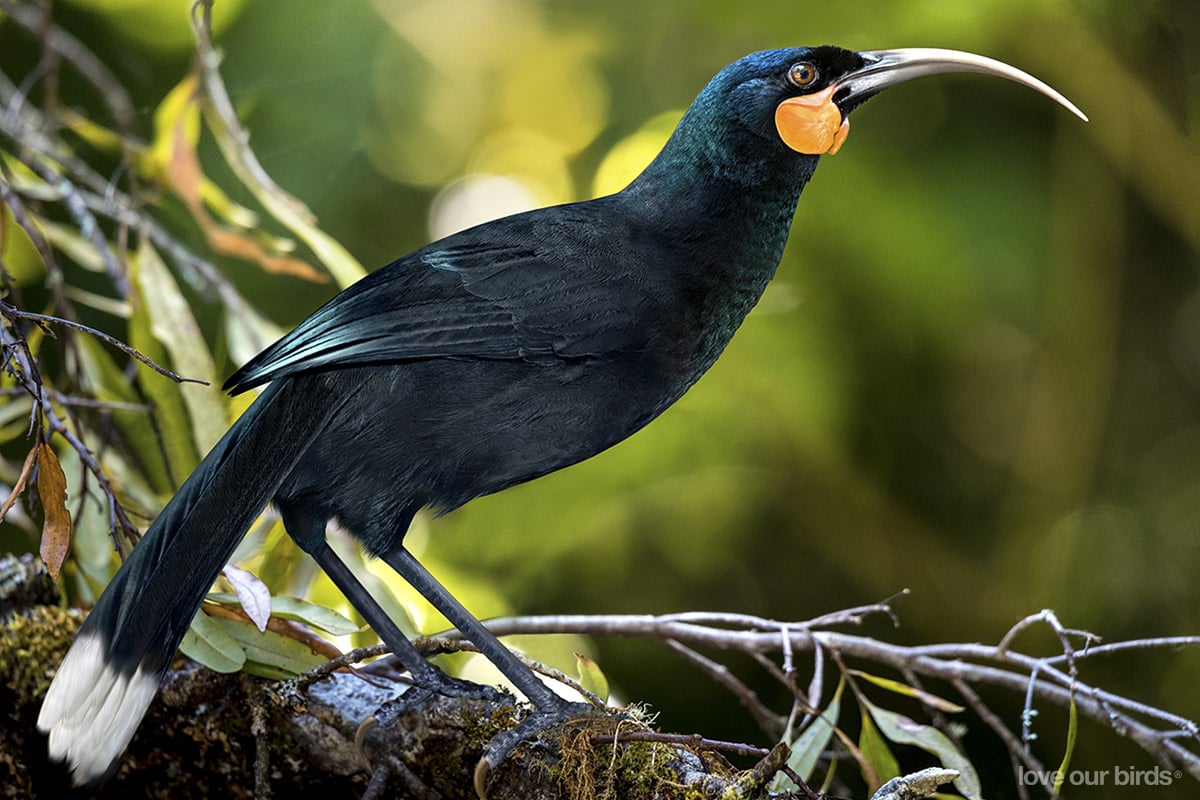
The Huia Bird: A Melodic Enigma
The huia bird, once abundant in New Zealand’s lush forests, was a creature of wonder. Its melodious song enchanted passers-by, leaving an indelible mark on those fortunate enough to hear it. With its glossy black plumage and a distinctive white tip on its long tail, the huia was a symbol of grace and beauty.
The Feather’s Record-Breaking Sale
At Webb’s Auction House in New Zealand, a single huia feather took center stage. Initially expected to fetch up to $3,000, it defied all odds, selling for NZD$46,521.50 (equivalent to $28,417 or £22,409). This remarkable price shattered the previous record for a feather of the same species by a staggering 450%.
Sacred Significance: A Connection to Māori Culture
The huia bird held deep spiritual significance for the Māori people of New Zealand. Their feathers adorned the heads of chiefs and their families, symbolizing status and honor. These precious plumes were also gifted or traded, carrying the essence of tradition and reverence.
Extinction and Aggressive Collecting
Tragically, the huia bird’s fate took a dark turn. Already rare before European arrival, it became a sought-after prize for collectors and fashion merchants. The bird’s popularity led to aggressive hunting, ultimately pushing it to extinction. Its last confirmed sighting was in 1907, leaving behind a legacy of loss.
A Feather Beyond Material Worth
The huia feather’s value transcends mere monetary calculations. It is a testament to our shared responsibility for nature’s fragile wonders. As New Zealanders embrace their role as stewards of the land, this extinct bird’s memory serves as a poignant reminder: we must protect our flora, fauna, and the delicate balance of life.
